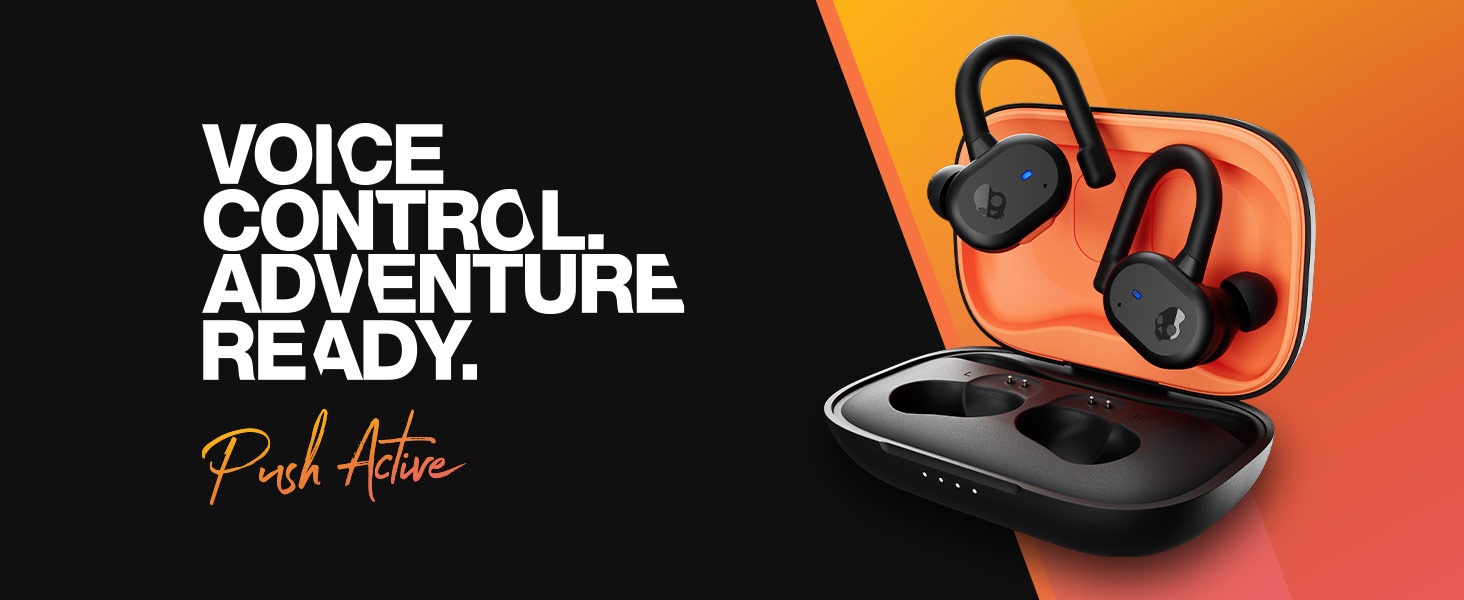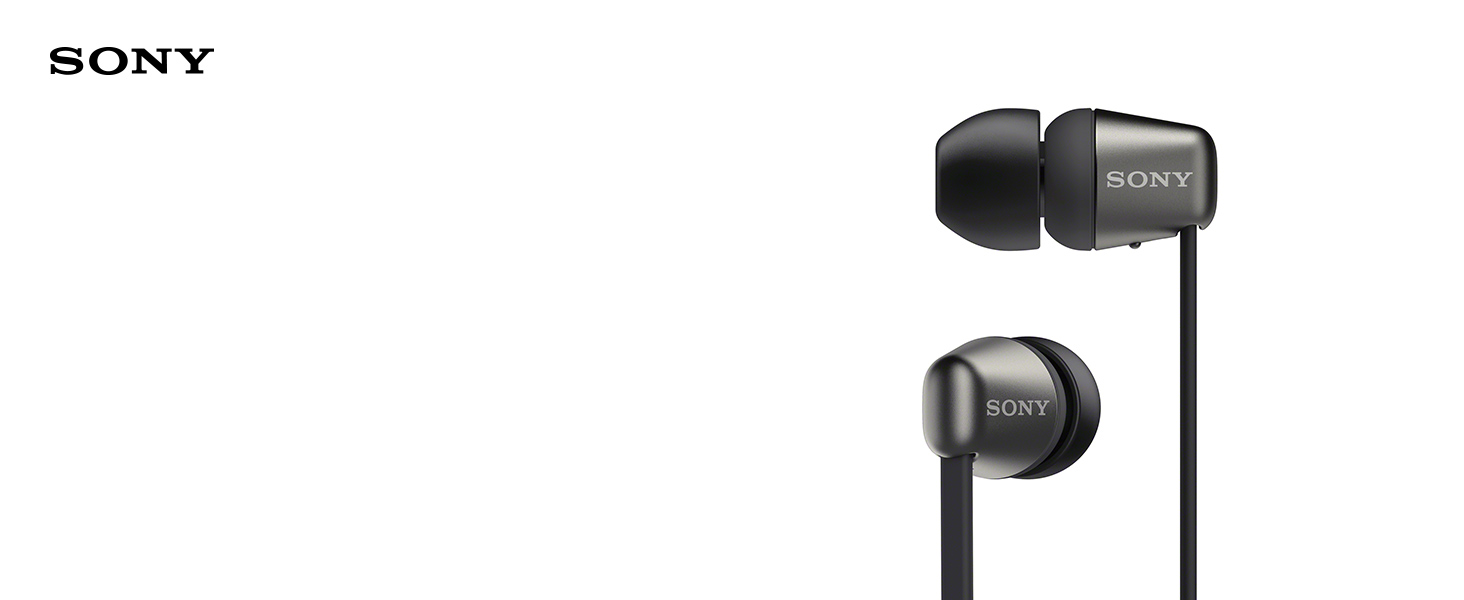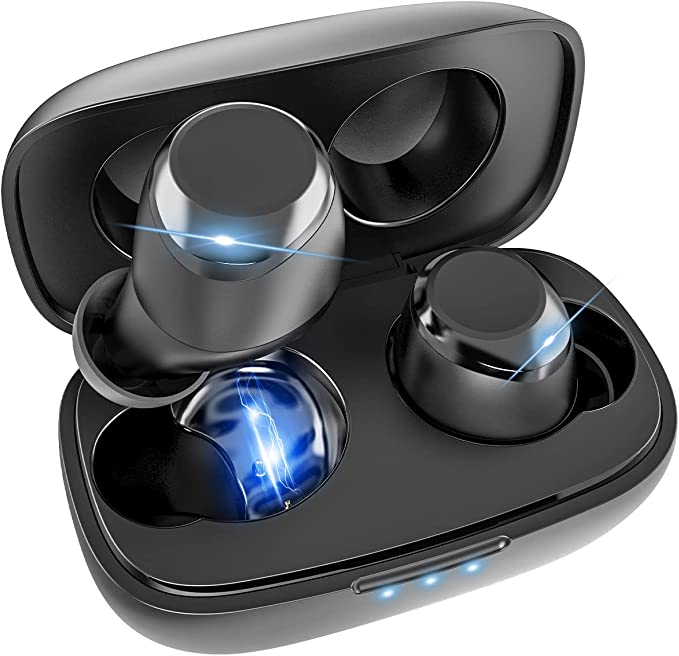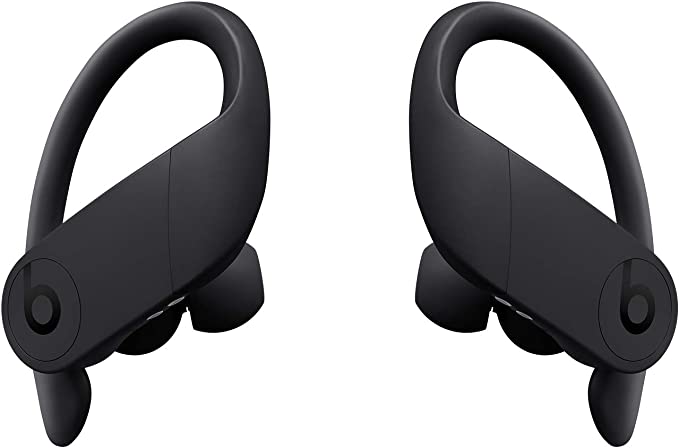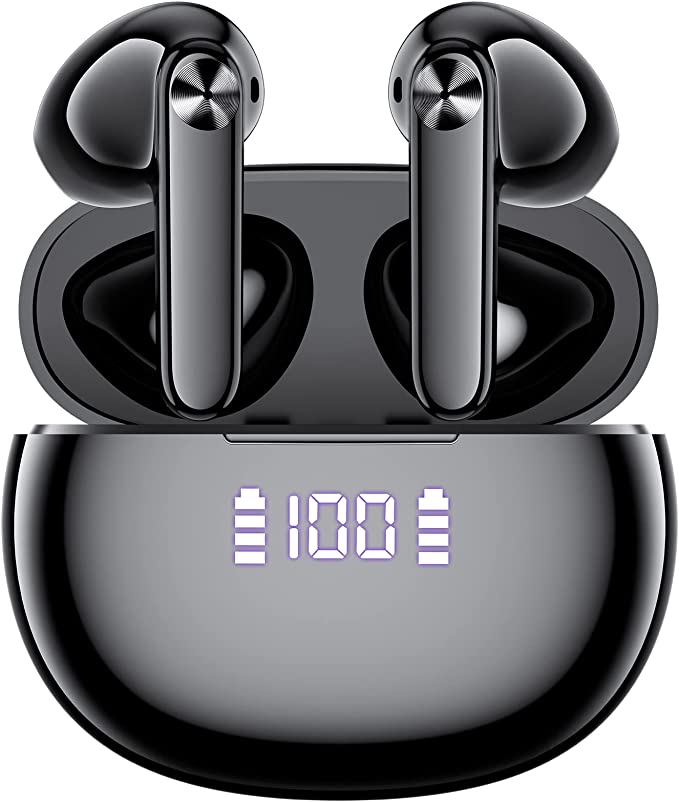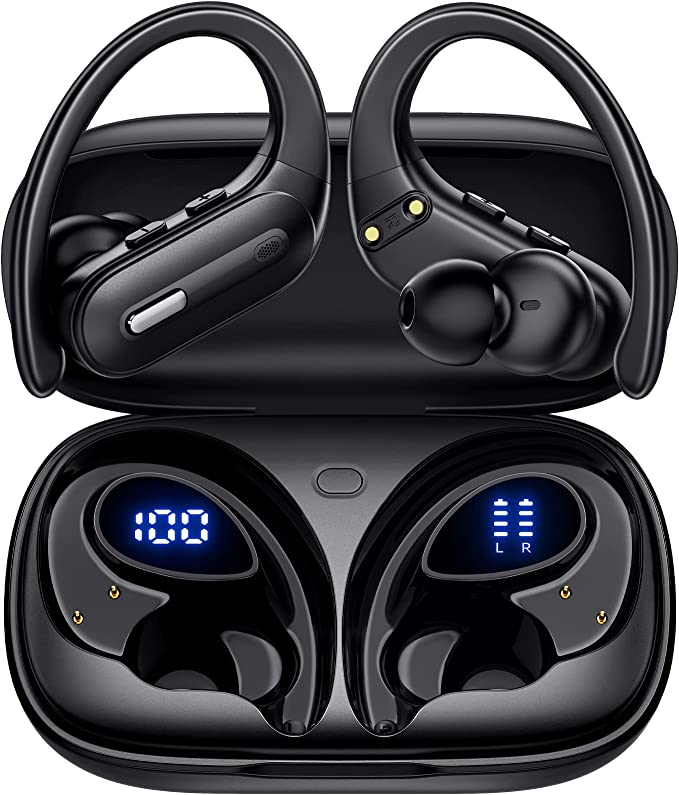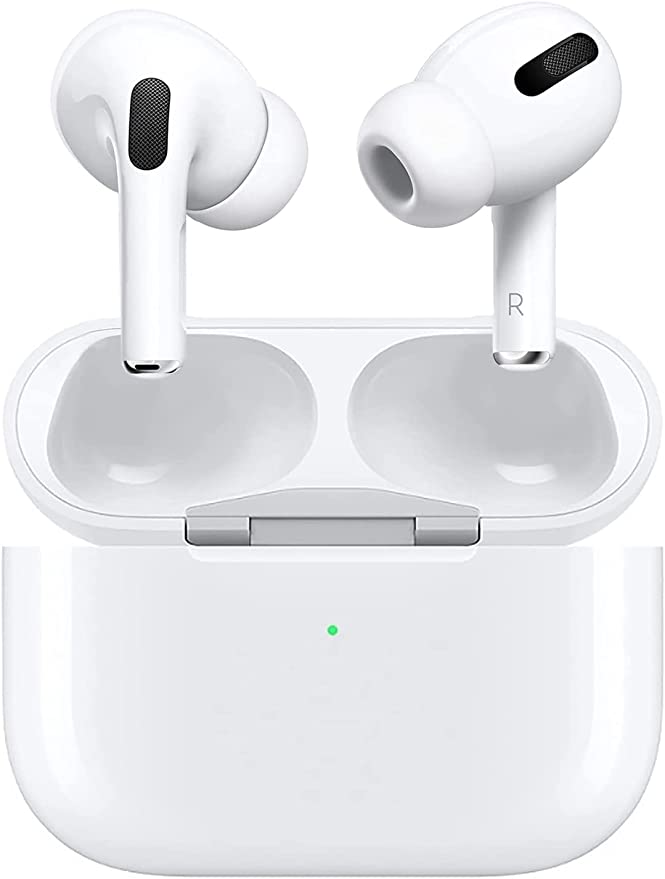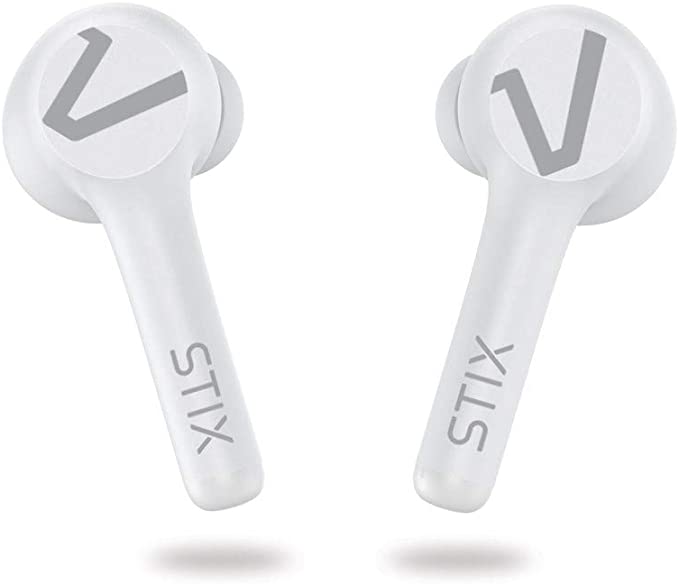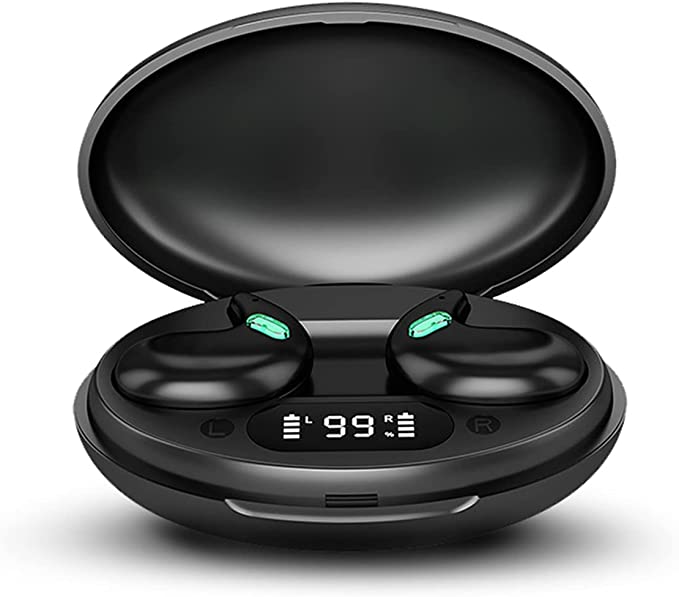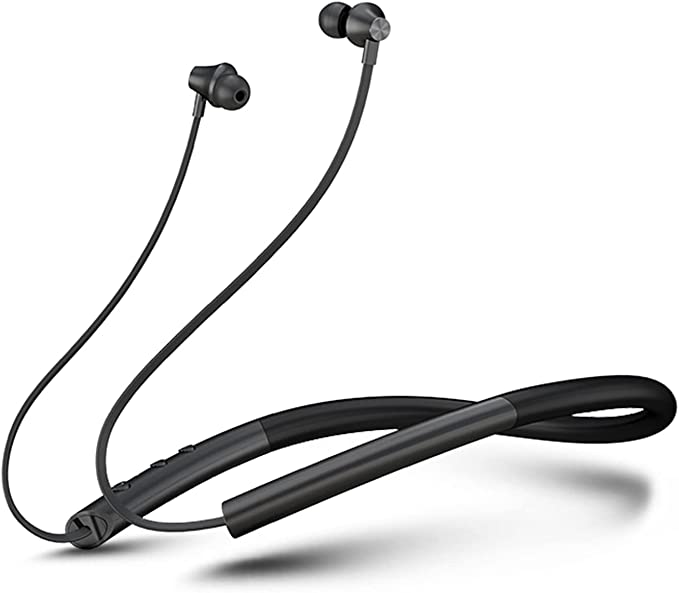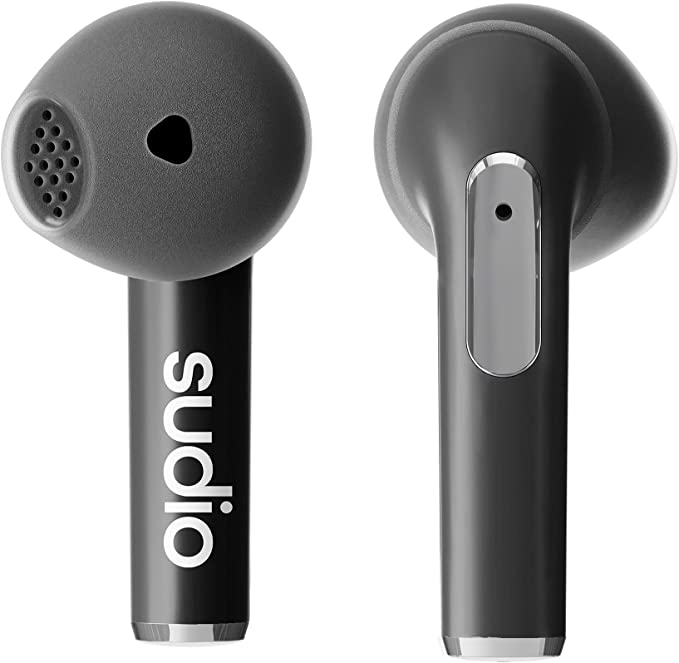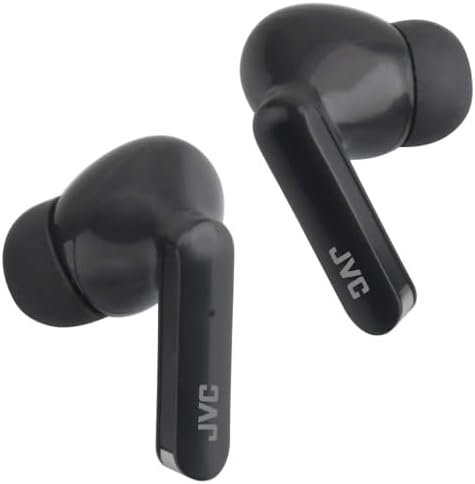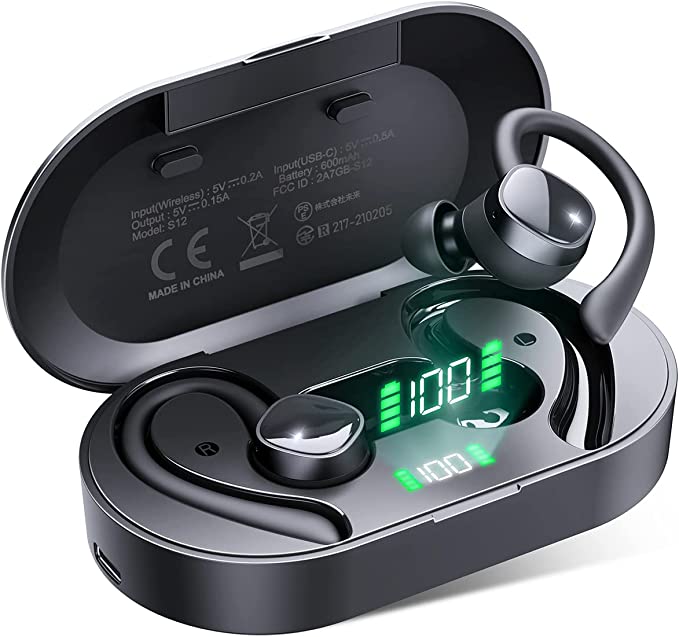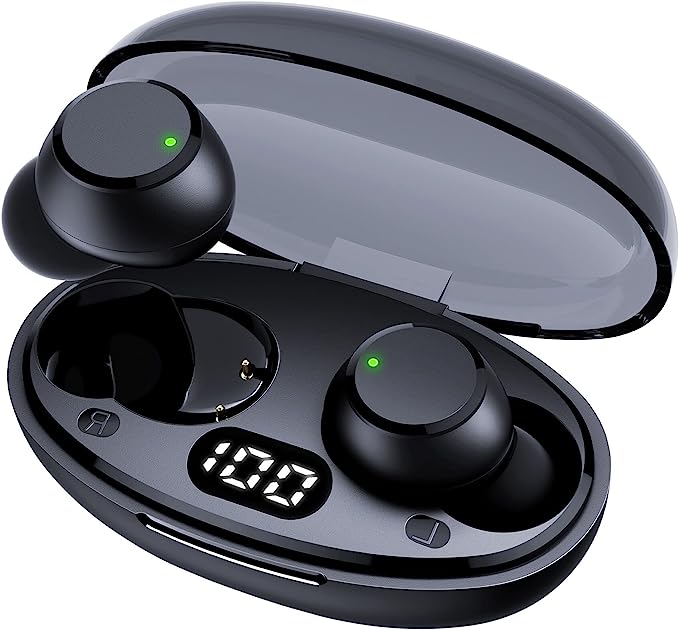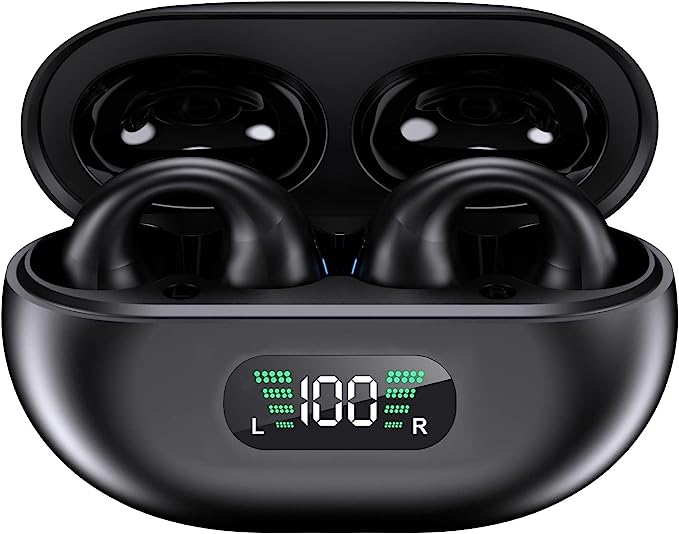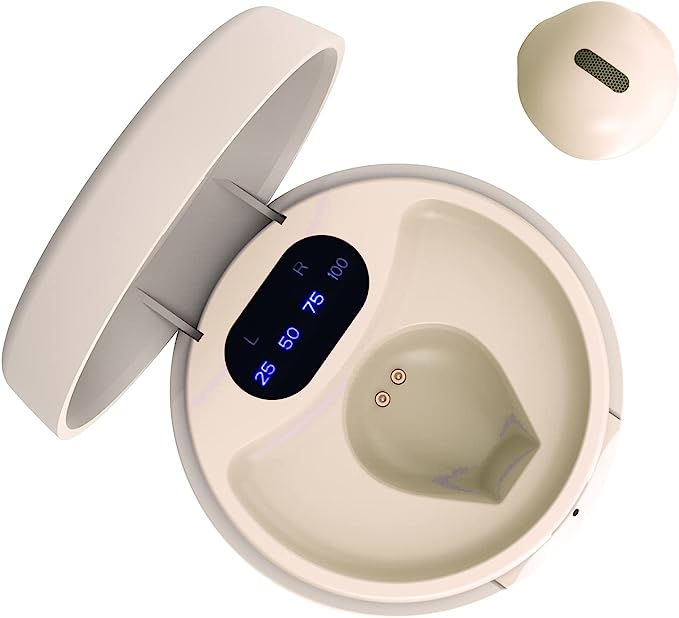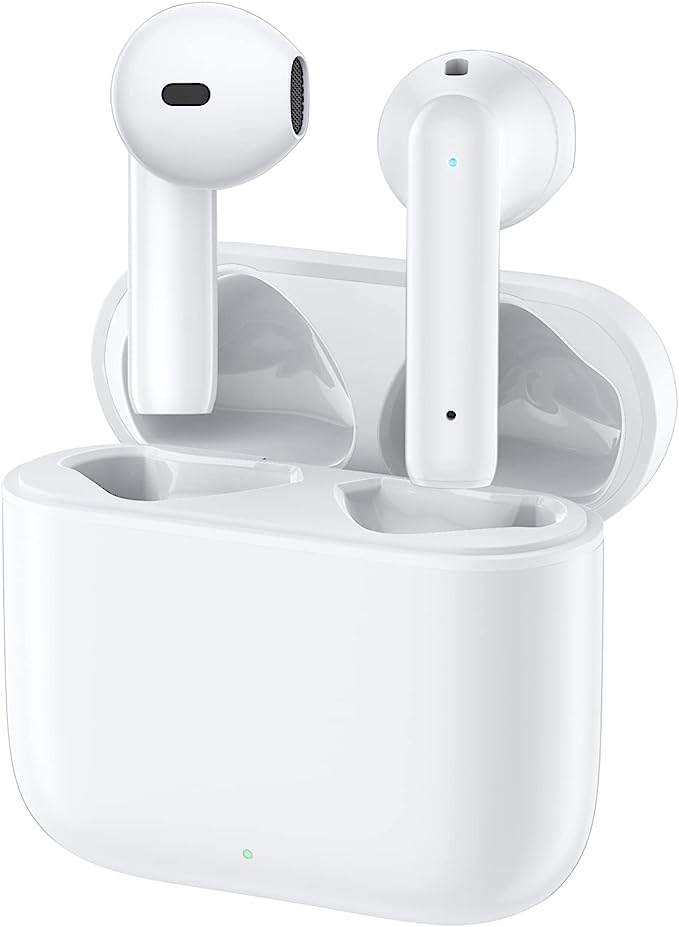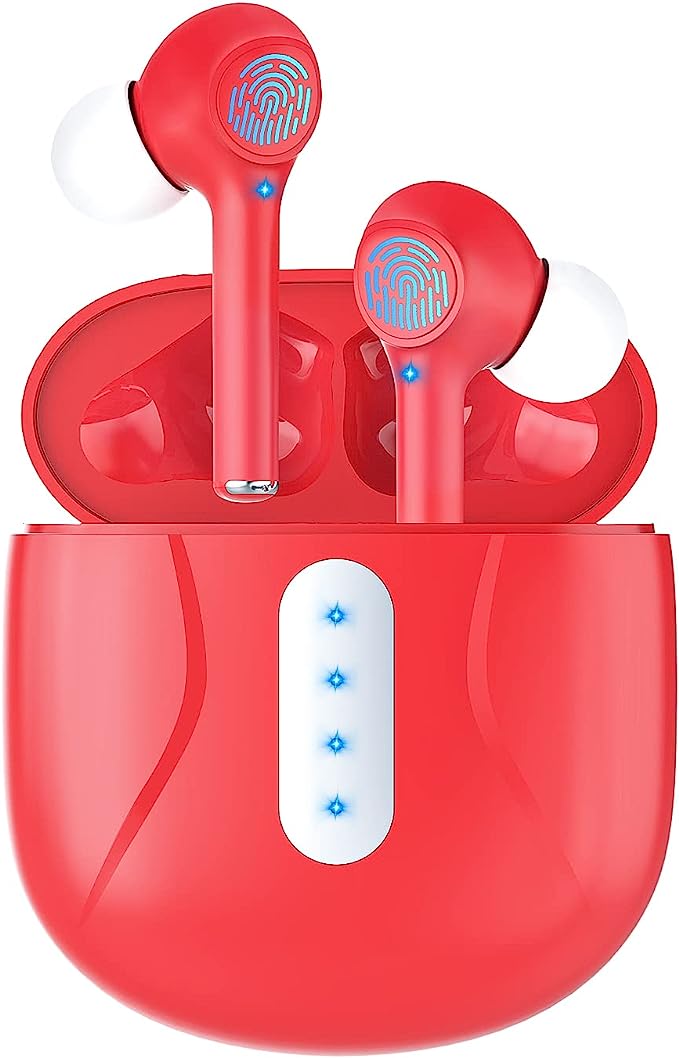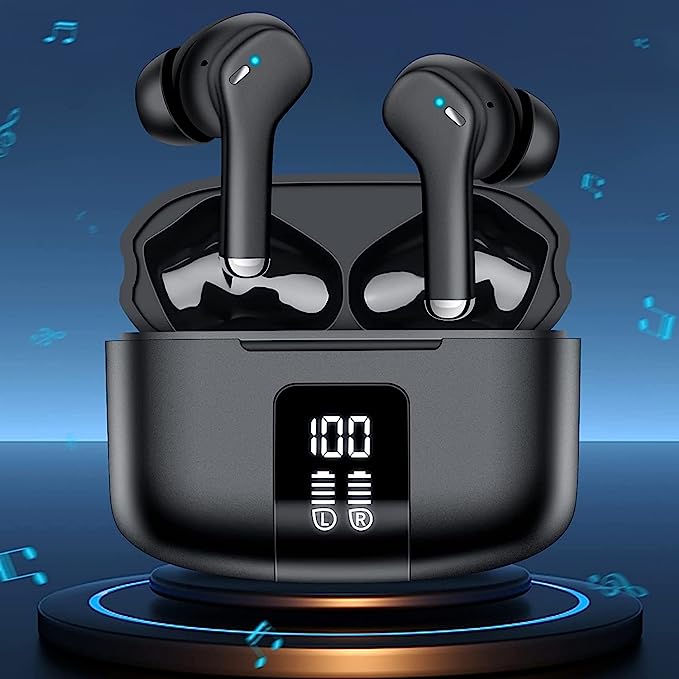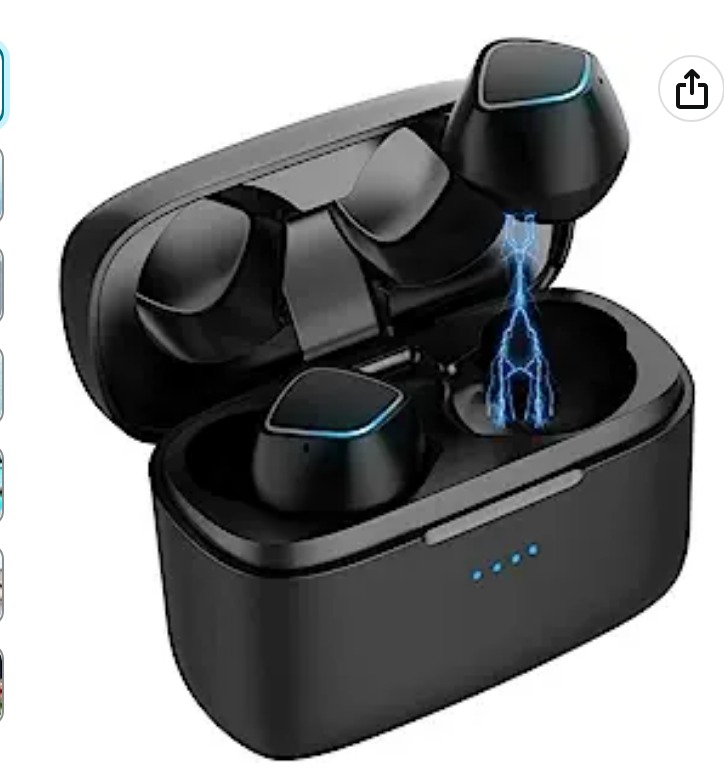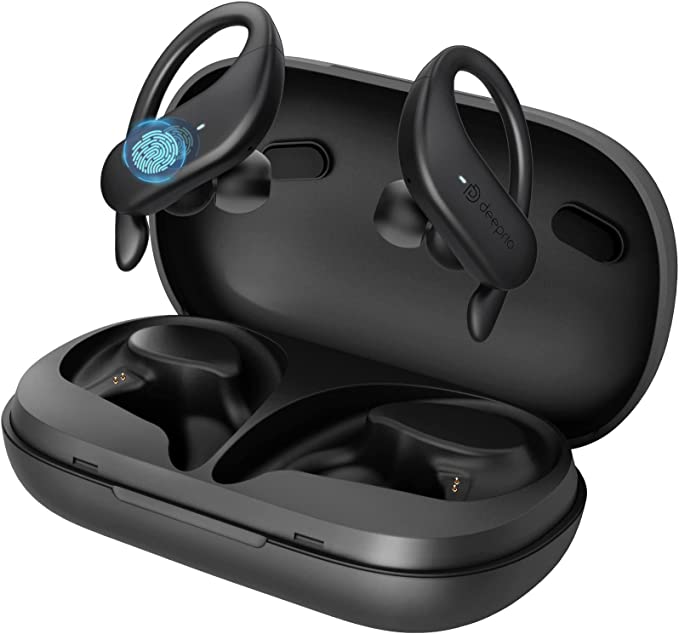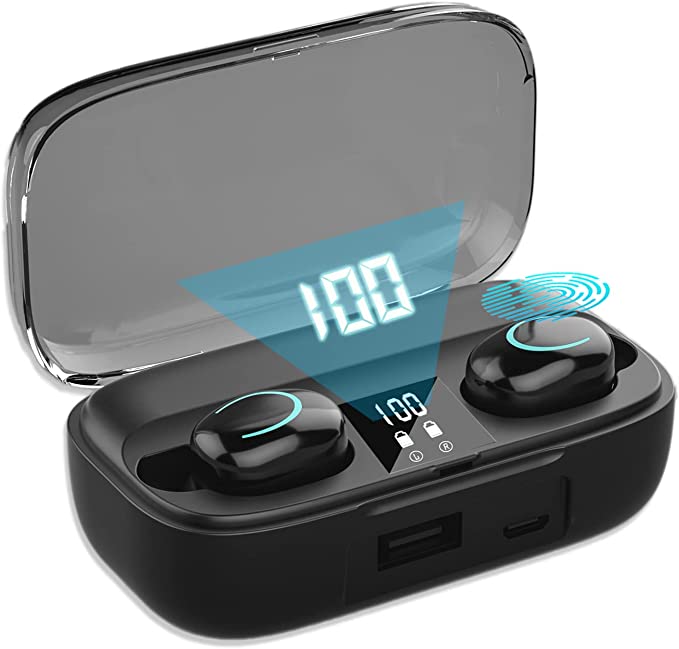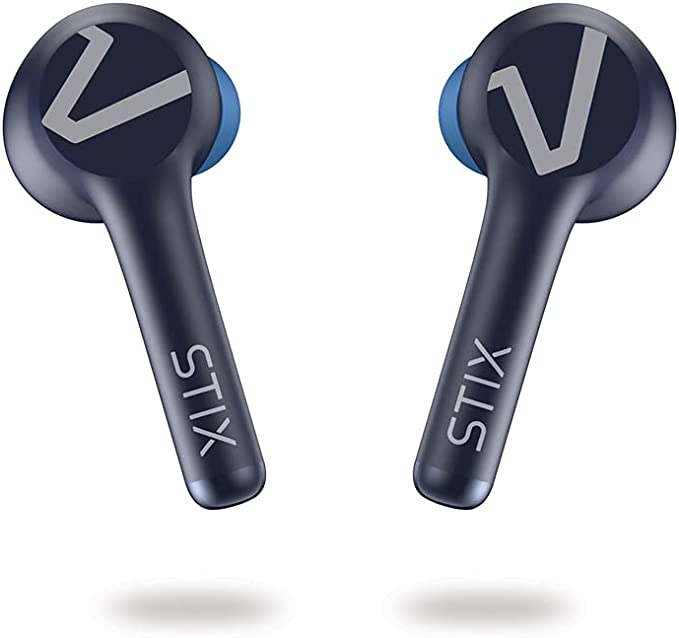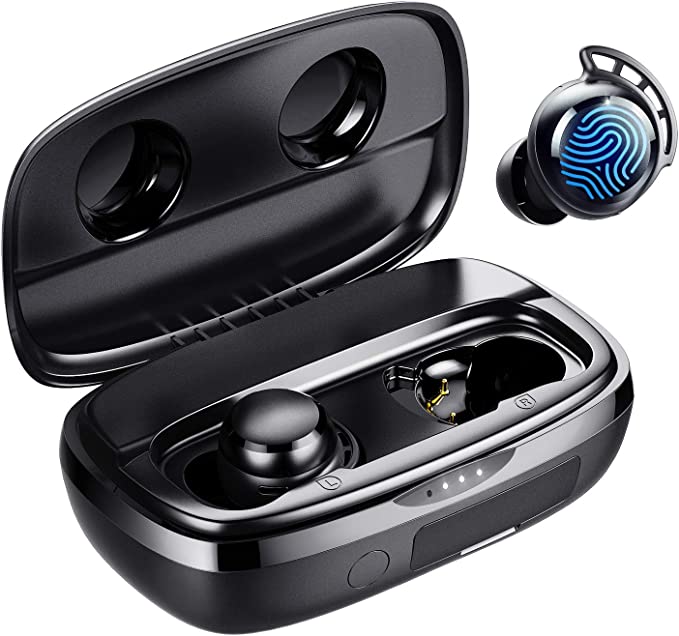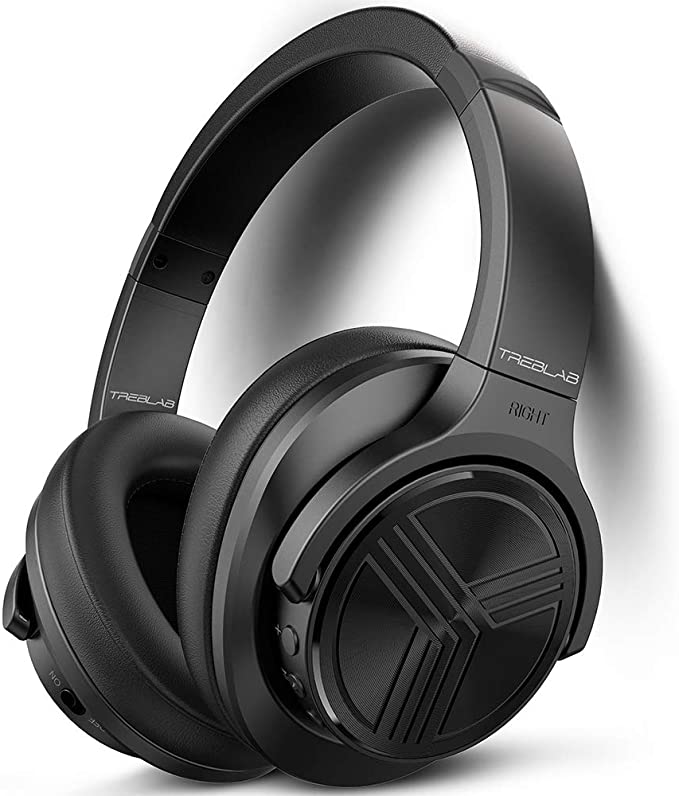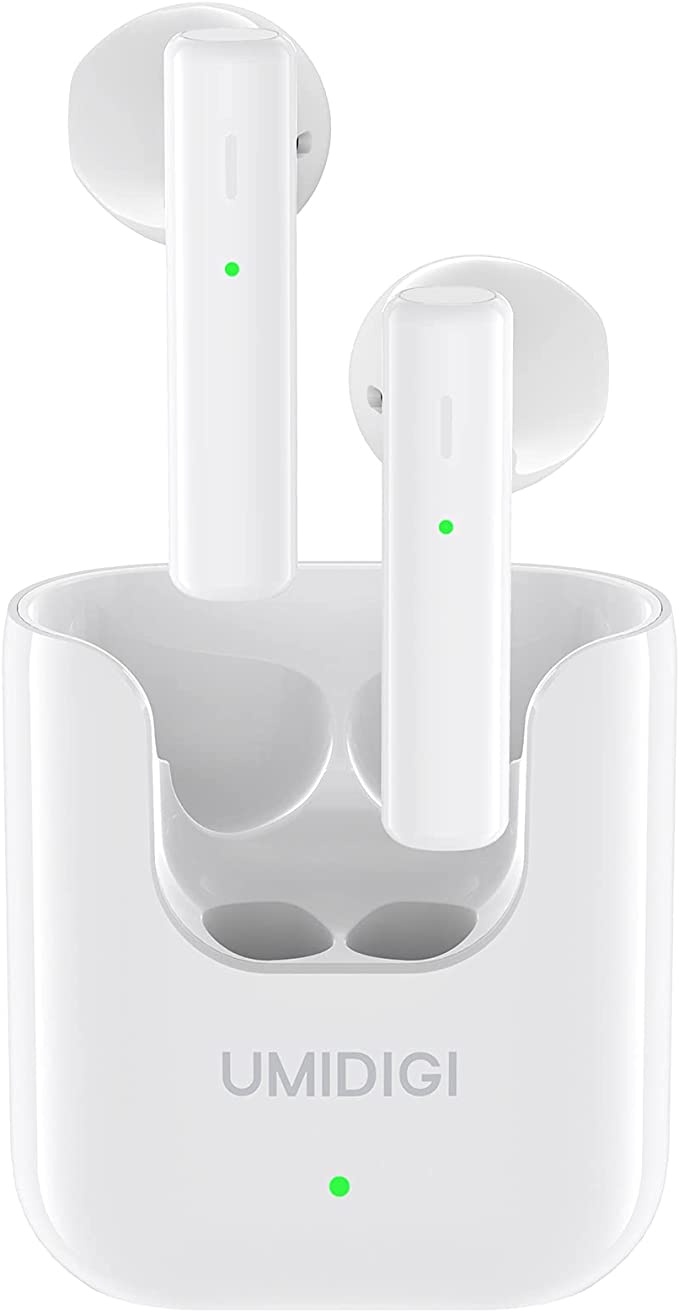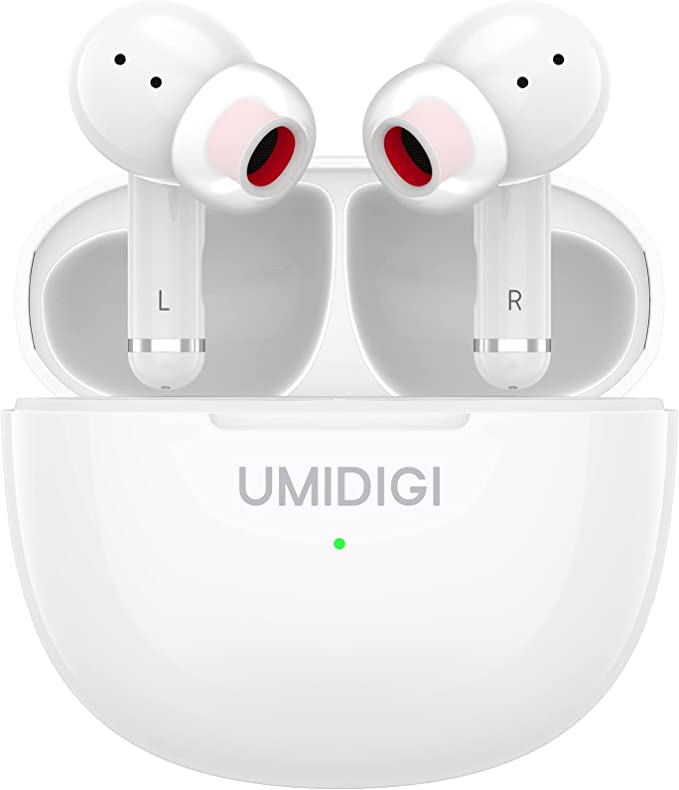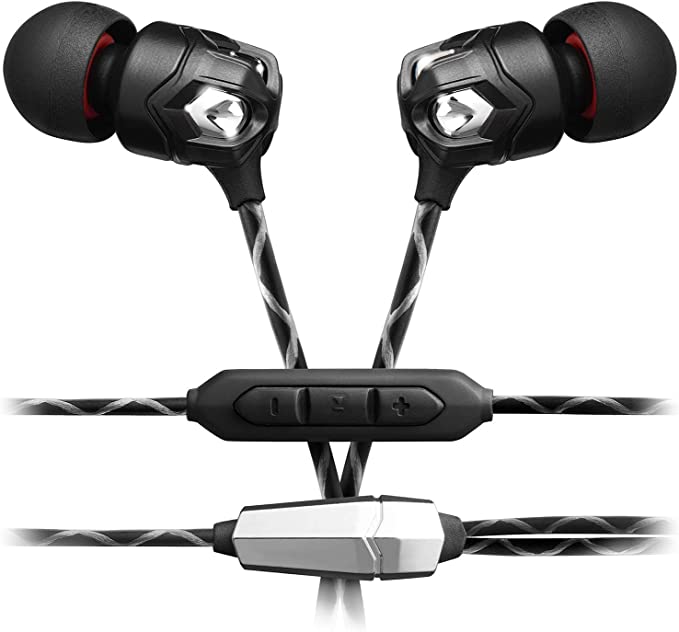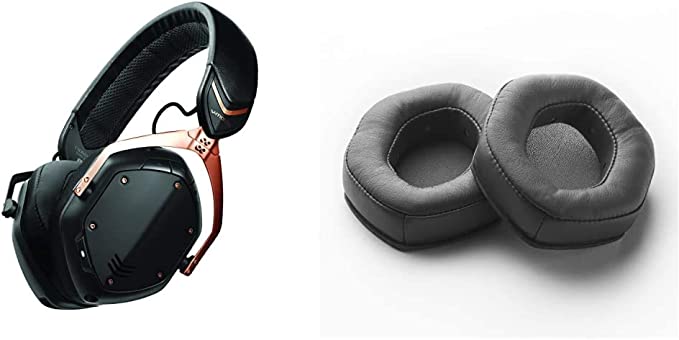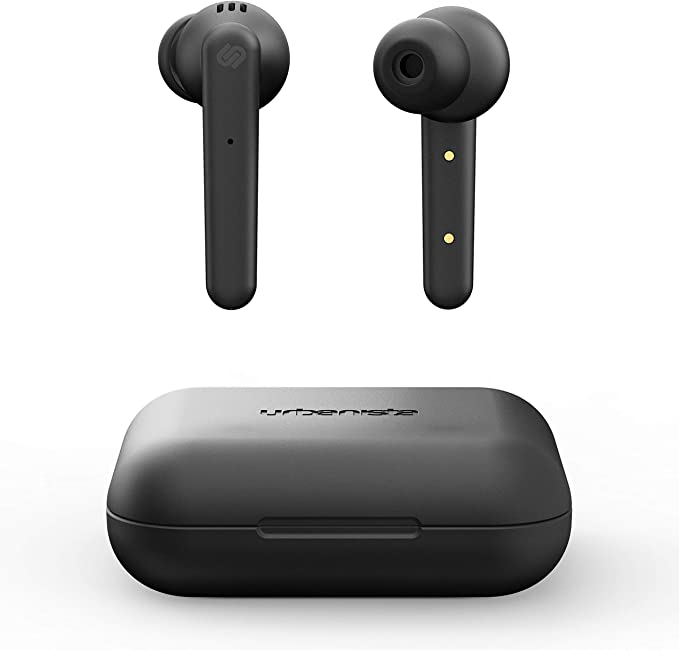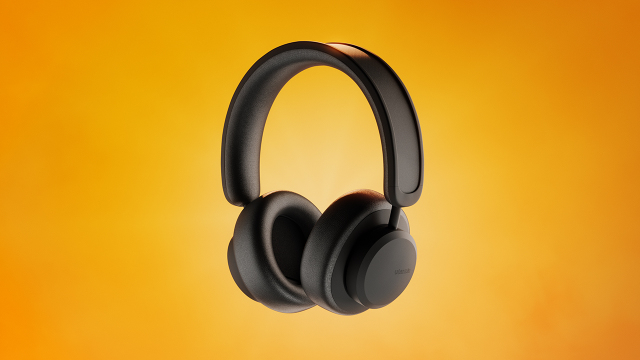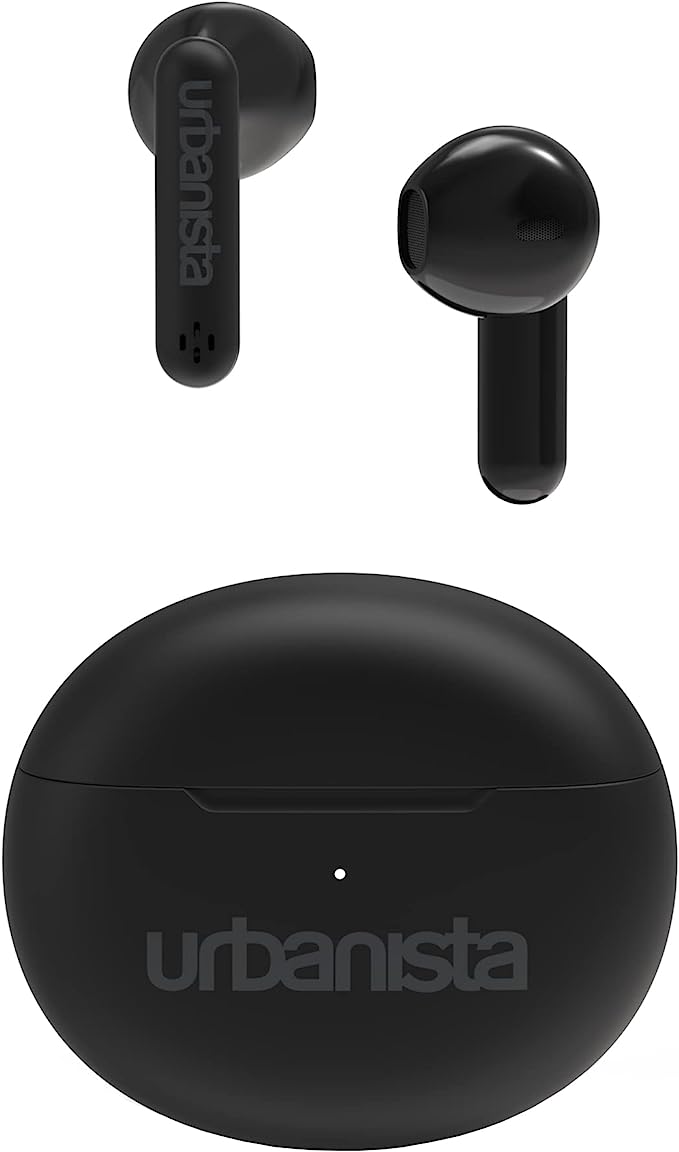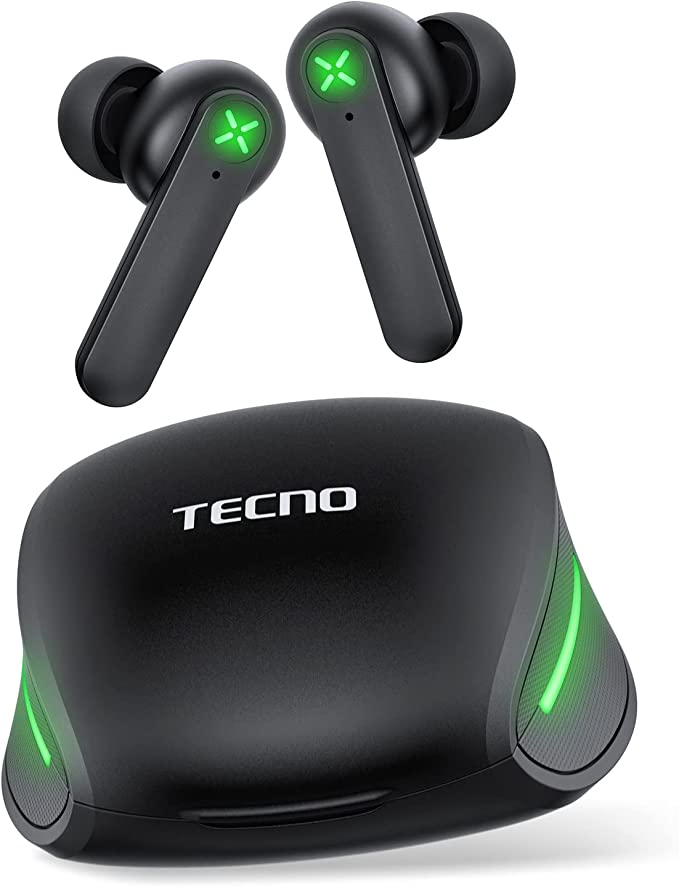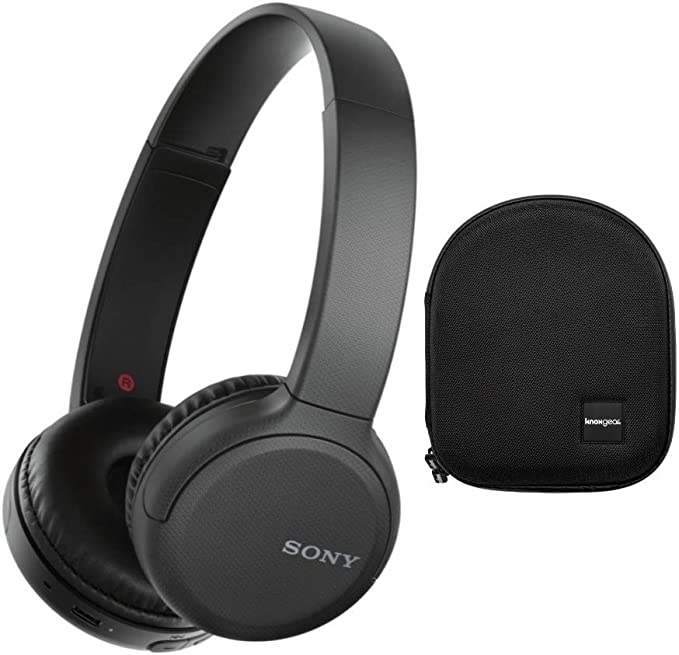Skullcandy Dime 2 : Big Sound, Tiny Price & The Tech That Makes It Possible
Update on April 13, 2025, 5:23 p.m.
We’ve all been there. Wincing at the price tag of the latest wireless earbuds, then living in constant, low-grade anxiety about one tiny bud tumbling unnoticed into the abyss of a subway grate or the Bermuda Triangle that exists between couch cushions. High-tech audio often comes with high stakes. So, when a pair like the Skullcandy Dime 2 pops up, boasting true wireless freedom, Bluetooth connectivity, and even built-in tracking technology for around $20 (yes, you read that right – currently $18.37 on Amazon as of this writing), it doesn’t just raise eyebrows; it practically demands investigation.
What kind of sorcery is this? What corners were cut, what clever engineering hacks were employed to deliver this package at a price less than a couple of fancy coffees? As someone who loves digging into the tech behind the gadgets, the Dime 2 presents a fascinating case study. Can something this affordable actually be good, or even… smart? Let’s peel back the layers and explore the science, the user experience, and the surprising value proposition these tiny earbuds offer.

Decoding the Sound: More Than Just Noise Cancellation (the Passive Kind)
Skullcandy talks about “Supreme Audio” and bass you can “feel.” Let’s be realistic. At this price point, we’re not expecting the crystal-clear, perfectly balanced soundstage of studio monitors. What “Supreme Audio” likely translates to in the budget realm is a sound signature tuned for popular enjoyment – often meaning an emphasis on the lower frequencies, the bass and kick drums that drive modern pop, hip-hop, and electronic music. Many user reviews, like ‘Beanie’ mentioning “amazing sound and the bass is really good,” seem to align with this expectation. It’s less about neutrality, more about delivering a fun, engaging listening experience for casual use.
The engine driving this sound is almost certainly a pair of standard dynamic drivers – the workhorse technology found in most headphones and earbuds. Think of a miniature loudspeaker: a magnet, a voice coil, and a diaphragm (a thin membrane). Electrical signals vibrate the coil, the coil moves the diaphragm, and the diaphragm pushes air to create sound waves. Simple, cost-effective, and particularly good at producing those impactful bass notes when tuned correctly.
However, the real secret to perceived sound quality in any in-ear headphone, especially budget ones, isn’t just the driver; it’s the seal. This is where physics meets physiology. The Dime 2, like all in-ear monitors, relies heavily on creating a snug fit within your ear canal using one of the three provided silicone ear tip sizes (Small, Medium, Large). When you achieve a good seal, two crucial things happen:
1. Passive Noise Isolation: The ear tip physically blocks out a significant amount of ambient noise, like the drone of an air conditioner or distant chatter. This allows you to hear your music more clearly without cranking the volume to dangerous levels. It’s not active noise cancellation (ANC), which uses microphones and complex electronics, but it’s surprisingly effective and costs nothing extra.
2. Bass Reinforcement: That seal creates a closed acoustic chamber between the earbud and your eardrum. This chamber is essential for accurately reproducing low-frequency sounds. Without a good seal, bass frequencies leak out, leaving the music sounding thin and tinny. Getting the fit right is paramount to experiencing the intended bass impact the Dime 2 aims for.
So, before judging the sound, finding the ear tip size that creates a comfortable yet secure seal is step number one. As the product note wisely advises, an improper fit means you “may not obtain the correct sound qualities.”
Ergonomics and the Elusive “Sick Fit”: Why One Size Doesn’t Fit All
Skullcandy calls their design approach the “Sick Fit,” suggesting these buds will stay put no matter what. While marketing slogans are one thing, the reality of earbud fit is deeply personal. Our ears are as unique as our fingerprints. The shape and size of the ear canal and the outer ear (concha) vary dramatically from person to person.
Designing a universally comfortable and secure earbud on a tight budget is a huge challenge. The Dime 2 likely relies on a generally accommodating shape combined with the crucial variable: the ear tips. Providing three sizes (S, M, L) is standard practice and caters to a good portion of the population. However, it’s not foolproof. This explains the contrasting user experiences found in the reviews. One user (‘Beanie’) found them a “way better fit” than much pricier AirPods Pro, while another (‘K. Ruether’) reported they “had a tendency to fall out.”
Achieving that “Sick Fit” boils down to finding the ear tip that both seals the canal (for sound) and provides enough friction or pressure against the ear contours to stay in place during movement. It’s a trial-and-error process unique to each user.

Powering the Pocket Rocket: Battery Life vs. Battery Size
The Dime 2 specs list 3.5 hours of listening time per charge in the earbuds themselves, with the compact charging case holding an additional 8.5 hours (roughly two full recharges), bringing the total to 12 hours. Inside these tiny shells are Lithium Polymer (Li-Po) batteries – the standard choice for small wearables due to their high energy density relative to weight and size.
Now, 3.5 hours on a single charge isn’t groundbreaking in today’s market, where 5-8 hours is more common. This is likely one of the key areas where cost-saving compromises were made. Smaller batteries are cheaper and allow for a smaller earbud design. However, battery life isn’t just about battery size. It’s heavily influenced by factors like listening volume, the distance to your connected device, and even the type of audio codec being used (though Dime 2 likely sticks to the basic, universal SBC codec).
This might explain why user ‘Jen’ experienced frustration with battery life seeming shorter than advertised when used intermittently. Real-world usage rarely matches the idealized lab conditions under which specs are measured. Starting and stopping playback, fluctuating signal strength, and even ambient temperature can all nibble away at runtime. The 12-hour total playtime, relying on topping up via the case (which reportedly recharges in about an hour), is adequate for getting through a day or two of casual listening or commutes, but power users might find themselves reaching for the charging cable more often.

The Ace Up Its Sleeve: Making “Lost” a Little Less Likely with Tile
Here’s where the Dime 2 truly throws a curveball, especially considering its price: built-in Tile finding technology. Losing a single tiny, wireless earbud is infuriatingly easy and often expensive to replace. Integrating Tile directly addresses this major pain point.
So, how does it work? It’s clever and relies on Bluetooth Low Energy (BLE), a super power-efficient version of Bluetooth. Each Dime 2 earbud essentially has a tiny, dormant Tile tracker inside.
1. Pairing with Tile App: You connect the earbuds to the free Tile app on your smartphone.
2. Finding Nearby: If you misplace a bud nearby (within standard Bluetooth range, typically 30-50 feet indoors), you can use the app to make the lost earbud emit a distinct ringing sound, guiding you to its location under the couch cushions or in your gym bag.
3. Last Known Location: If the earbud is out of Bluetooth range, the Tile app will show you the last time and place it was connected to your phone on a map. It’s like digital breadcrumbs leading you back to where you likely left it.
Think of it like a tiny, short-range digital name tag constantly whispering its presence via BLE. It’s not real-time GPS tracking across continents, but for the common “where did I just put that down?” scenario, it’s incredibly useful. Offering this peace of mind in an $18 product is a significant value-add, making the potential frustration of losing a bud far less costly.

The Unsung Basics: Connectivity, Calls, and Clicks
Beyond the headline features, the Dime 2 covers the essentials. It uses standard Bluetooth to connect wirelessly to iPhones, Android devices, laptops, and more. The pairing process is typically straightforward.
Interestingly, Skullcandy put a microphone in each earbud. This offers a key piece of flexibility: you can use either the left or right bud independently for calls or listening while keeping the other ear free to hear your surroundings or while the other bud is charging. This “mono mode” is a practical plus.
Control-wise, the Dime 2 opts for physical buttons rather than touch controls. This is often a conscious choice in budget designs, and arguably a good one for many users. Buttons provide clear, tactile feedback – you know when you’ve pressed it. This avoids the accidental track skips or call hang-ups that can sometimes plague overly sensitive touch controls, especially when adjusting the fit or wearing gloves. The downside? Pressing a button can sometimes push the earbud slightly deeper into your ear canal, which might be momentarily uncomfortable for some.

Conclusion: The Verdict on Value – Smart Compromises?
So, back to the $20 question. Are the Skullcandy Dime 2 earbuds “good”? The answer, as is often the case with technology, is: it depends entirely on your expectations and needs.
They are undeniably an exercise in smart compromise. You don’t get premium audiophile sound, class-leading battery life, active noise cancellation, or high-end materials. The fit might be hit-or-miss depending on your ear shape, and the real-world battery life requires managing expectations.
But what you do get for an astonishingly low price is a fully functional true wireless experience that covers the basics reasonably well, paired with a genuinely useful, standout feature: Tile tracking. That integration alone elevates the Dime 2 from just another cheap earbud to a clever solution for a common problem. The decent (if bass-heavy) sound for casual listening, the flexibility of mono-mode use, and the reliable click of physical buttons add to the package.
If you’re an audiophile seeking sonic perfection or a road warrior needing all-day battery, look elsewhere (and expect to pay significantly more). But if you’re on a tight budget, need a backup pair you won’t constantly worry about losing, are buying for a teenager prone to misplacing things, or simply value the peace of mind that Tile brings, the Skullcandy Dime 2 represents a remarkably compelling piece of budget-conscious engineering. They might not be perfect, but they offer a unique blend of affordability and findability that punches far above their featherweight price tag.
